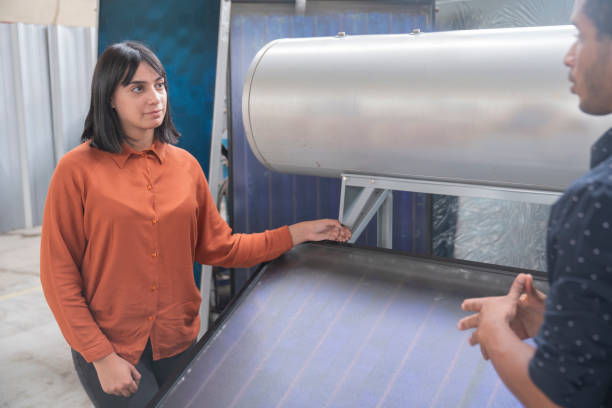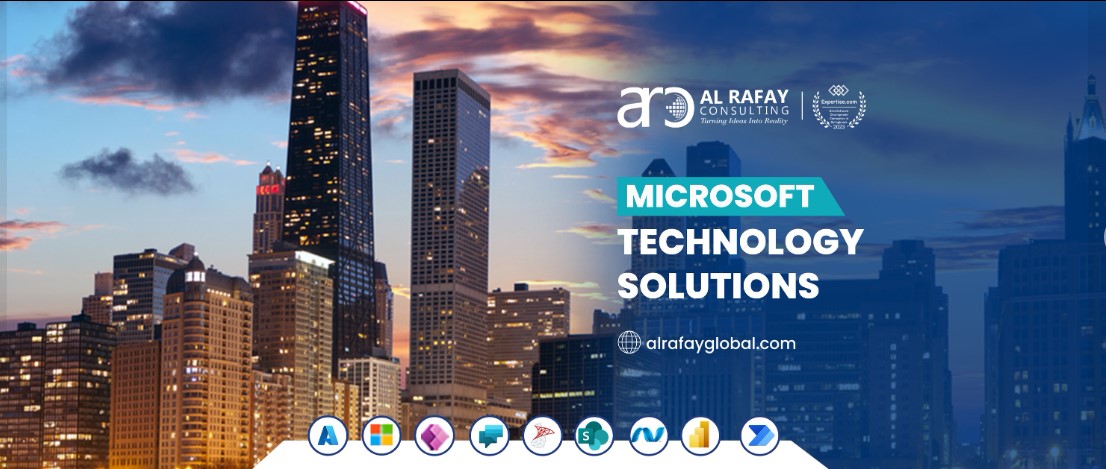Introduction:
The landscape of textile production is ever-evolving. The advent of UV DTF (Direct to Film) printing is a pivotal advancement with profound implications for sustainability. The global textile industry faces increasing scrutiny for its environmental impact. The integration of UV DTF technology emerges as a beacon of innovation, pioneering a more eco-conscious approach to textile manufacturing.
UV DTF printing represents a sophisticated intersection of technology and sustainability, offering a promising avenue for reducing the ecological footprint associated with traditional printing methods. This article explores the nuanced dimensions of UV DTF printing. It delves into its role in ushering in a new era of sustainable textile production. We aim to unravel the potential of UV DTF to reshape the textile industry. We will examine its efficiency, precision, and environmental impact. This could lead the industry toward a more sustainable future. If you want to buy a cost-effective UV DTF printer, please browse LINKO UV DTF printer related products.
UV DTF Printing: A Sustainable Approach:
UV DTF (Direct to Film) printing stands at the forefront of a sustainable paradigm shift in textile production, offering a technologically advanced and eco-conscious approach. This method presents a departure from conventional printing practices. It introduces key features that align with the industry’s growing emphasis on sustainability.
One of the core aspects defining the sustainability of UV DTF printing is its notable reduction in waste. Unlike traditional methods, UV DTF directly applies ink onto films, minimizing material usage. This mitigates waste production. Additionally, the technology’s capacity for precise ink deposition contributes to a more efficient use of resources, further reducing environmental impact.
Energy efficiency is another hallmark of UV DTF’s sustainable approach. The curing process, facilitated by ultraviolet light, is both rapid and localized. This feature reduces energy consumption during production and contributes to a shorter production cycle. It aligns with the industry’s focus on operational efficiency and reducing carbon footprint.
Furthermore, UV DTF printing showcases a commitment to eco-friendly practices through the use of UV inks. These inks typically contain fewer volatile organic compounds (VOCs) compared to traditional solvent-based inks, resulting in lower emissions and a more environmentally friendly printing process.
In essence, UV DTF printing represents a sustainable approach that addresses critical environmental concerns in textile production. UV DTF technology demonstrates its potential to play a pivotal role in fostering a more environmentally responsible and sustainable future for the textile industry. This is achieved through waste reduction, energy efficiency, and the use of eco-friendly inks.
Advancements in UV Technology for Textile Printing:
The evolution of UV technology has significantly contributed to the advancement of textile printing methodologies, particularly with the emergence of UV DTF (Direct to Film) printing. This section explores key technological advancements within UV printing. It elucidates the impact of these innovations on the sustainability and efficiency of textile production.
One noteworthy progression lies in the formulation of UV inks. Contemporary UV inks have undergone substantial refinement. Manufacturers have developed formulations with enhanced color vibrancy, adhesion, and durability on various textile substrates. Optimizing UV ink properties helps produce high-quality prints. It also minimizes the environmental footprint by reducing ink consumption.
The curing process, a critical stage in UV DTF printing, has witnessed significant advancements as well. UV light-emitting diodes (LEDs) have become increasingly prevalent as a curing source. This is because they are energy efficient and emit less heat. This shift not only accelerates the curing time but also facilitates the utilization of a broader range of heat-sensitive textiles, expanding the applicability of UV DTF technology.
Precision and resolution have been elevated through advancements in printhead technology. The integration of high-precision printheads enhances the accuracy of ink deposition, allowing for intricate and detailed designs on textiles. This improvement is particularly crucial for industries demanding fine detail, such as fashion and home textile design.
Moreover, the development of UV DTF printers with multi-layer printing capabilities represents a significant breakthrough. This advancement enables the creation of textured and multi-dimensional prints. It further diversifies the creative possibilities for designers and manufacturers.
In summary, the ongoing advancements in UV technology for textile printing underscore a commitment to enhancing print quality, efficiency, and sustainability. UV inks, curing processes, printhead technology, and multi-layer capabilities have evolved. They collectively position UV DTF printing as a cutting-edge and sustainable solution in textile production today.
Efficiency and Precision in Sustainable Textile Printing:
Efficiency and precision are critical dimensions defining the role of sustainable textile printing, particularly within the framework of UV DTF (Direct to Film) technology.
One of the paramount contributors to efficiency is the direct nature of UV DTF printing. By eliminating the need for intermediary steps, such as screens or plates, the process streamlines production workflows significantly. This direct-to-film approach not only reduces production time but also minimizes resource consumption. It aligns with the overarching goal of operational efficiency and sustainability in textile printing.
The precision of UV DTF printing is rooted in high-precision printheads’ technological advancements. These printheads play a pivotal role in achieving accurate ink deposition, allowing for intricate and detailed designs on a diverse array of textile substrates. The fine control over ink placement enhances the overall quality of prints. It caters to the demands of industries that require meticulous design precision, like high-end fashion and specialized technical textiles.
Furthermore, UV DTF printing contributes to precision. It can reproduce consistent color accuracy across various fabrics. The formulation of UV inks ensures the final output faithfully represents the intended color palette. The controlled curing process is also essential for this result. This consistency not only enhances the visual appeal of the printed textiles but also minimizes the need for reprints, reducing material wastage and supporting sustainable production practices.
In essence, the efficiency and precision inherent in UV DTF printing epitomize a technological synergy that addresses both economic and environmental considerations. UV DTF technology emerges as a sustainable solution driving the future of precision textile printing. It optimizes workflows, reduces resource consumption, and achieves high-quality, detailed prints.
Conclusion:
In summary, the exploration of UV DTF (Direct to Film) printing within the context of sustainable textile production underscores its pivotal role in reshaping the industry landscape. The advancements in UV technology, along with a focus on efficiency and precision, position UV DTF as a transformative force in contemporary textile printing.
The sustainable approach of UV DTF printing reduces waste, conserves energy, and uses eco-friendly inks. This approach addresses critical environmental concerns in textile manufacturing. Technological innovations in UV inks, curing processes, and printhead technology contribute to heightened efficiency and precision. They meet the demands of industries that require intricate design detailing and consistent color accuracy.
As industries increasingly prioritize sustainability, UV DTF printing emerges as a viable solution that not only aligns with environmental goals but also enhances operational efficiency. The direct-to-film methodology streamlines workflows, minimizes resource consumption, and optimizes production timelines. If you want to start a printing business at the lowest cost, this Epson UV DTF printer is highly recommended.
Looking ahead, the continued evolution of UV DTF technology holds promise for further advancements. It fosters a future where sustainability and precision seamlessly converge in textile printing. Integrating UV DTF into mainstream textile manufacturing practices is a progressive step. It shows a move towards a more environmentally conscious and technologically advanced era in the textile industry.




